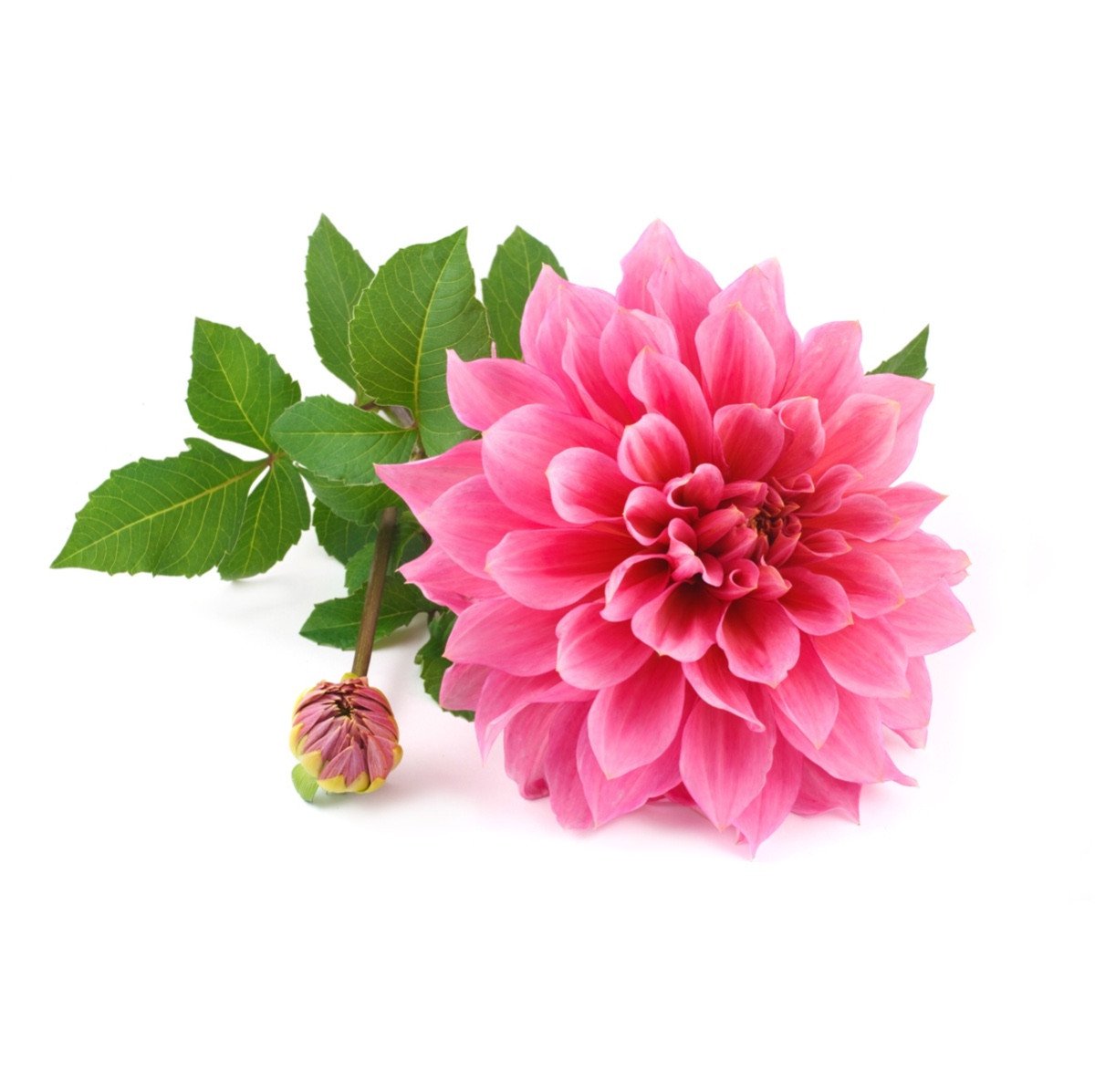Dahlia

Dahlia
Dahlia
Plant family
Daisy family (Asteraceae)
Season Overview
Propagating
Planting
Harvest
J
F
M
A
M
J
J
A
S
O
N
D
Details
Light requirement
Sunny
Water requirement
Moist
Soil
Medium (loamy)
Nutrient requirement
Medium
Light germinator
Germination temperature
16 - 20 °C (Degrees Celsius)
Plant distance
40 cm
Row spacing
50 cm
Seeding depth
0.2 cm
Instructions
Description
Dahlias, also known as georgines, are genus of plants within the composite family (Asteraceae). They are used as ornamental plants. Dahlias are suitable both as a garden plant and as a cut flower, and they come in many different colors. Regular plucking of wilted flowers encourages the formation of new flower buds. The bulb of the dahlia is even edible and can be cooked like potatoes, and the leaves can be used like spinach. Some species of dahlia can even grow up to 2 m/2.2 yd high.
Origin:
Central America
Growing tips
The tubers can be grown in advance from March, but can also be planted directly in the open ground, then the flowering starts about 1 month later. The tubers can also be soaked in water for one night before planting. Plant the tubers about 5 cm/0.8 in deep in the soil so that the stem remains still stick out. Place a flower support with the planting to tie the dahlia later, otherwise the heavy flowers can also snap off. After planting, initially keep the soil moist. The planting distance depends on the variety. Piquing leads to better branching and they grow bushy and dense. Dahlias are not hardy and must be wintered indoors. To do this, dig up the tubers and store them between 5-10°C/41-50°F. Remove withered flowers. Also good neighbors are perennials, autumn anemones, gladioli, hyacinths, vanilla flower, cosmea, scented stonewort, blood loosestrife, roses, tall stonecrop and ornamental grasses.
Companion Plants
Antagonistic Plants
No antagonistic plants
Diseases
Downy mildew
Grey mold
Powdery mildews
Pests
Aphids
Land snails
Voles